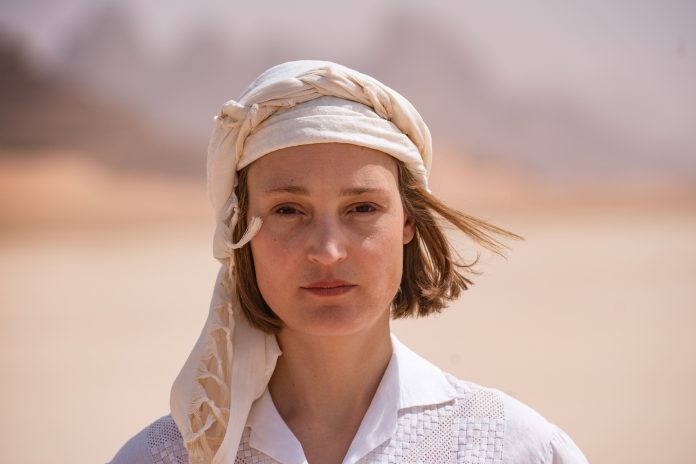by InTrieste
Trieste, Italy – In its 35th edition from January 19 to 27, the Trieste Film Festival’s renowned “Wild Roses” section shifts its lens to showcase the contributions of female filmmakers in contemporary German cinema. Marking a departure from previous editions dedicated to countries such as Poland, Georgia, and Ukraine, this year’s selection, meticulously curated by Berlinale Executive Director Mariëtte Rissenbeek, presents a collection of thirteen films that capture the diverse and compelling perspectives of German women in the film industry.
The program, featuring both acclaimed titles and hidden gems, aims to introduce Italian audiences to emerging talents while painting a portrait of a modern, inclusive, and multicultural Germany that defies stereotypes. Artistic Director Nicoletta Romeo notes that the lineup encompasses award-winning works from around the world, promising to reveal names yet to be discovered by the Italian audience.
Leading the German delegation are iconic figures such as Margarethe von Trotta, a symbol of Neuer Deutscher Film and winner of the Golden Lion at Venice in 1981 for “Marianne and Juliane,” and Ulrike Ottinger, whose film “Paris Calligrammes” will be showcased. Other notable filmmakers include Maren Ade, Valeska Grisebach, Angela Schanelec, Maria Speth, Maria Schrader, and Emily Atef, among others.
Mariëtte Rissenbeek emphasizes the role of “Wild Roses” in inspiring contemplation of nonconformist and courageous female filmmakers, whose works may be engaging, amusing, and challenging. The focus is supported by German Films, Goethe-Institut Rom, and DeutschZentrum Triest.
Hopeful Gaze: 35th Edition Poster Captures Resilience Amidst Adversity
The poignant poster for the 35th edition of the Trieste Film Festival features the youngest members of society, Angelina and Vadym, playing carefree by the river in Karpylivka, a village near the Chernobyl exclusion zone. The image, captured by Ukrainian photographer Oleksii Furman, reflects a powerful message of hope, highlighting the resilience and vitality of life even in challenging circumstances.
Furman’s work, published by prominent outlets like TIME, New York Times, Washington Post, and others, underscores the festival’s commitment to showcasing compelling narratives and perspectives. The photograph serves as a reminder of the festival’s dedication to promoting cinema from Central and Eastern Europe, bridging cultural gaps and fostering a deeper understanding of lesser-known filmmakers and their works.
For more information, including film stills and the festival poster, please visit Trieste Film Festival’s official website.





























